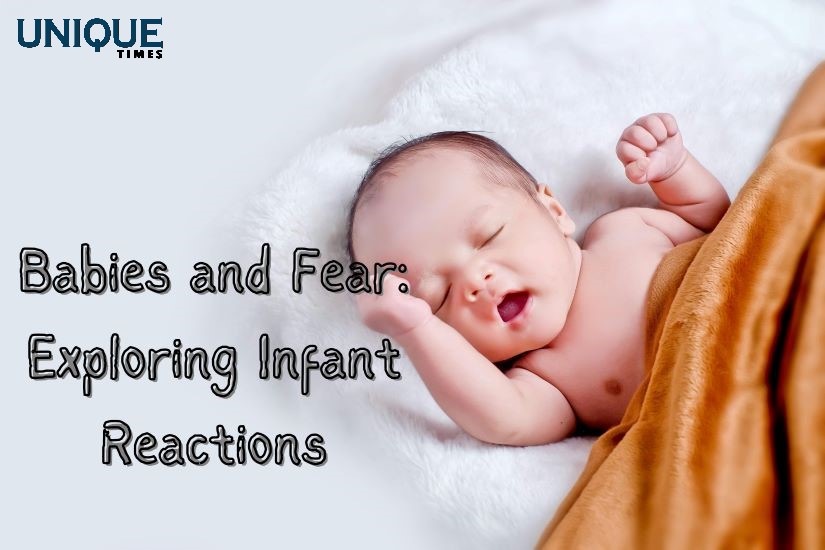Do Babies Scare Themselves? Understanding Infant Reactions

Babies, with their curious minds and innocent eyes, experience the world in a unique and sometimes unpredictable way. As parents and caregivers, it’s natural to wonder: do babies scare themselves? In this blog post, we’ll explore the fascinating topic of infant reactions and shed light on whether babies have the capacity to scare themselves.
1. Startle Reflex
One of the earliest observable reactions in newborns is the startle reflex, also known as the Moro reflex. This involuntary response is triggered by sudden stimuli, such as loud noises or abrupt movements, and causes the baby to extend their arms, arch their back, and sometimes cry out. While this reaction may appear as though the baby is scared, it is primarily a physiological response designed to protect the infant from potential danger.
2. Emotional Development
As babies grow and develop, their emotional responses become more nuanced and complex. While infants may not have the cognitive ability to experience fear in the same way adults do, they can still exhibit signs of distress or discomfort in response to unfamiliar or overwhelming stimuli. For example, a baby may cry or become agitated when exposed to loud noises, bright lights, or sudden changes in their environment.
3. Social Learning
Babies are highly attuned to the emotions and reactions of the people around them, especially their primary caregivers. As they observe and interact with their caregivers, babies begin to learn about the world and develop their own emotional responses based on the reactions of those around them. For example, if a caregiver reacts with fear or alarm to a certain stimulus, the baby may mirror that reaction and display signs of distress as well.
4. Exploration and Curiosity
While babies may not experience fear in the same way adults do, they are naturally curious and exploratory beings. Babies are drawn to novel stimuli and often engage in “rough and tumble” play with their caregivers, which may involve unexpected movements or loud noises. While these interactions may startle a baby momentarily, they are typically part of the learning process and help the infant develop resilience and adaptability.
5. Parental Influence
Ultimately, the way babies react to different stimuli is influenced by a combination of factors, including their innate temperament, developmental stage, and the responses of their caregivers. By providing a safe and nurturing environment, caregivers can help babies navigate unfamiliar or potentially scary situations and develop a sense of security and trust in their surroundings.
Conclusion
In conclusion, while babies may not experience fear in the same way adults do, they are still capable of reacting to unfamiliar or overwhelming stimuli. Whether it’s the startle reflex of a newborn or the curious exploration of an older infant, babies are constantly learning and adapting to their environment. By understanding infant reactions and providing supportive care, parents and caregivers can help babies feel safe, secure, and loved as they navigate the world around them.
Picture Courtesy: Google/images are subject to copyright








